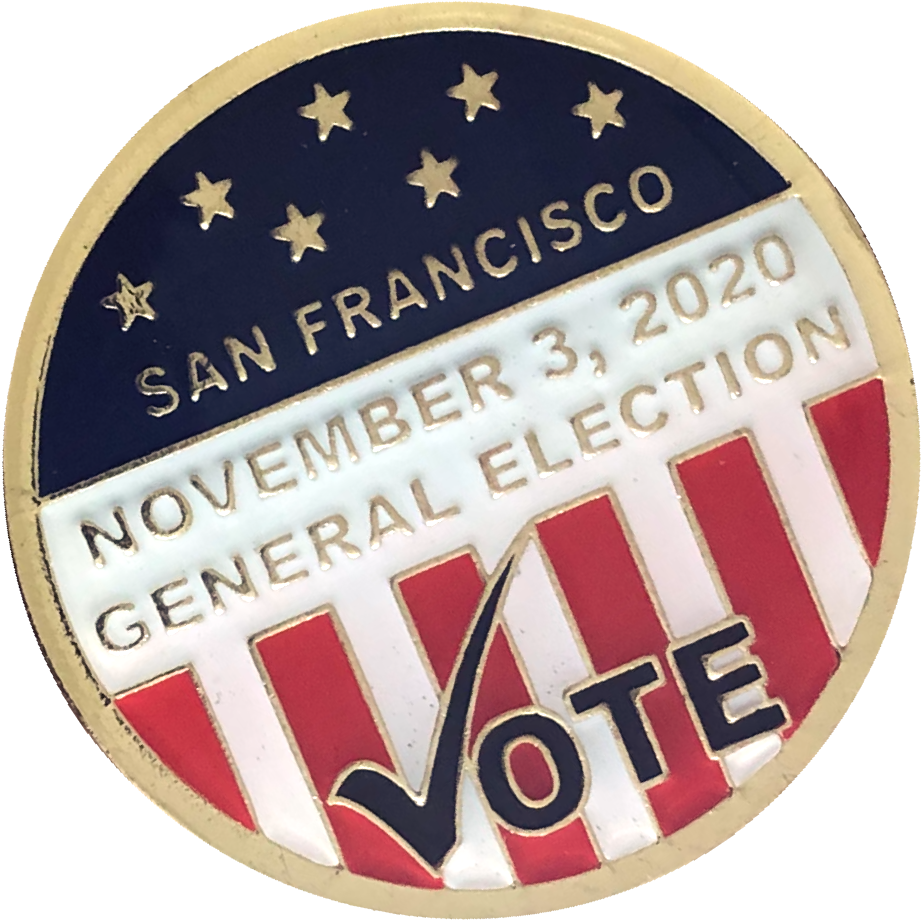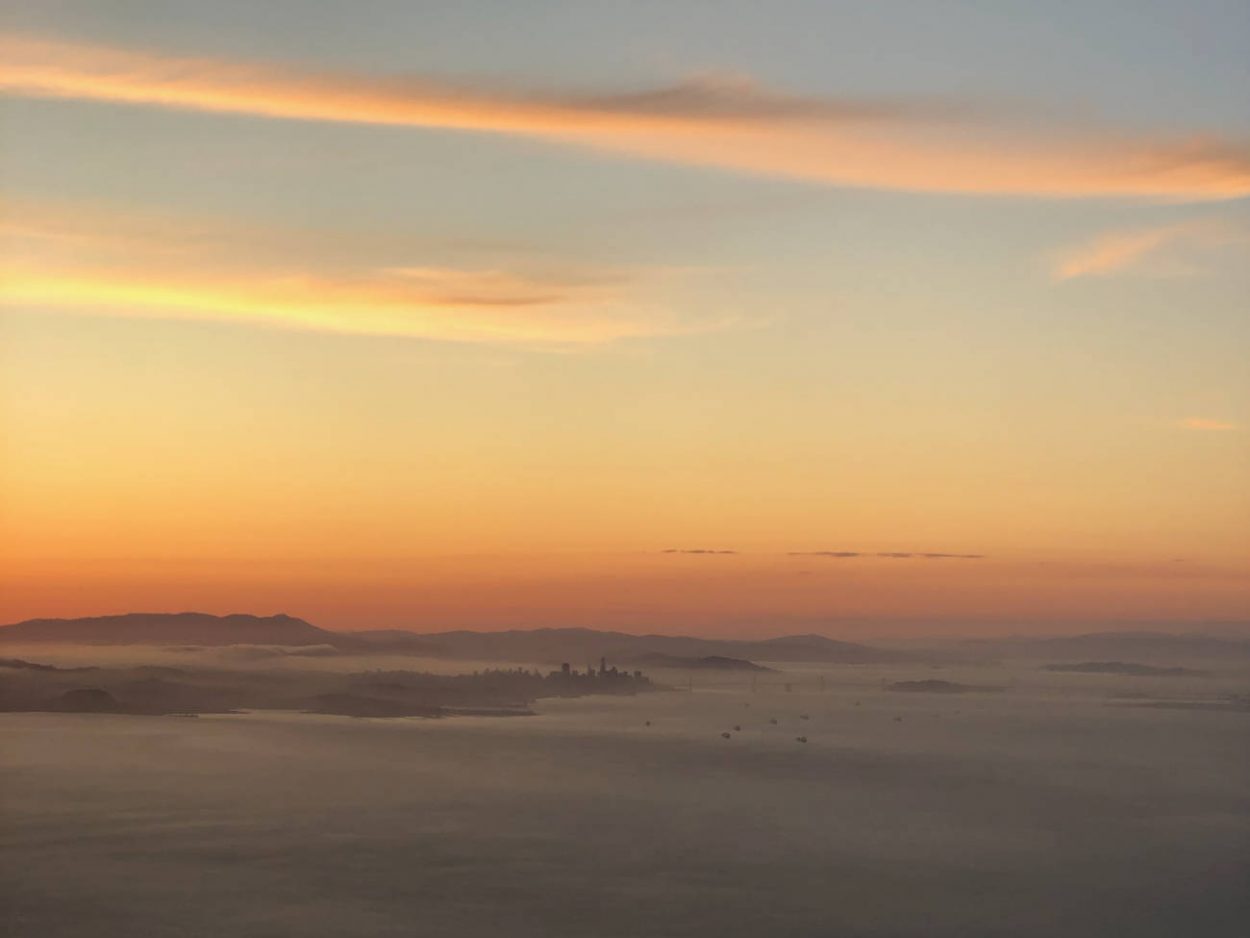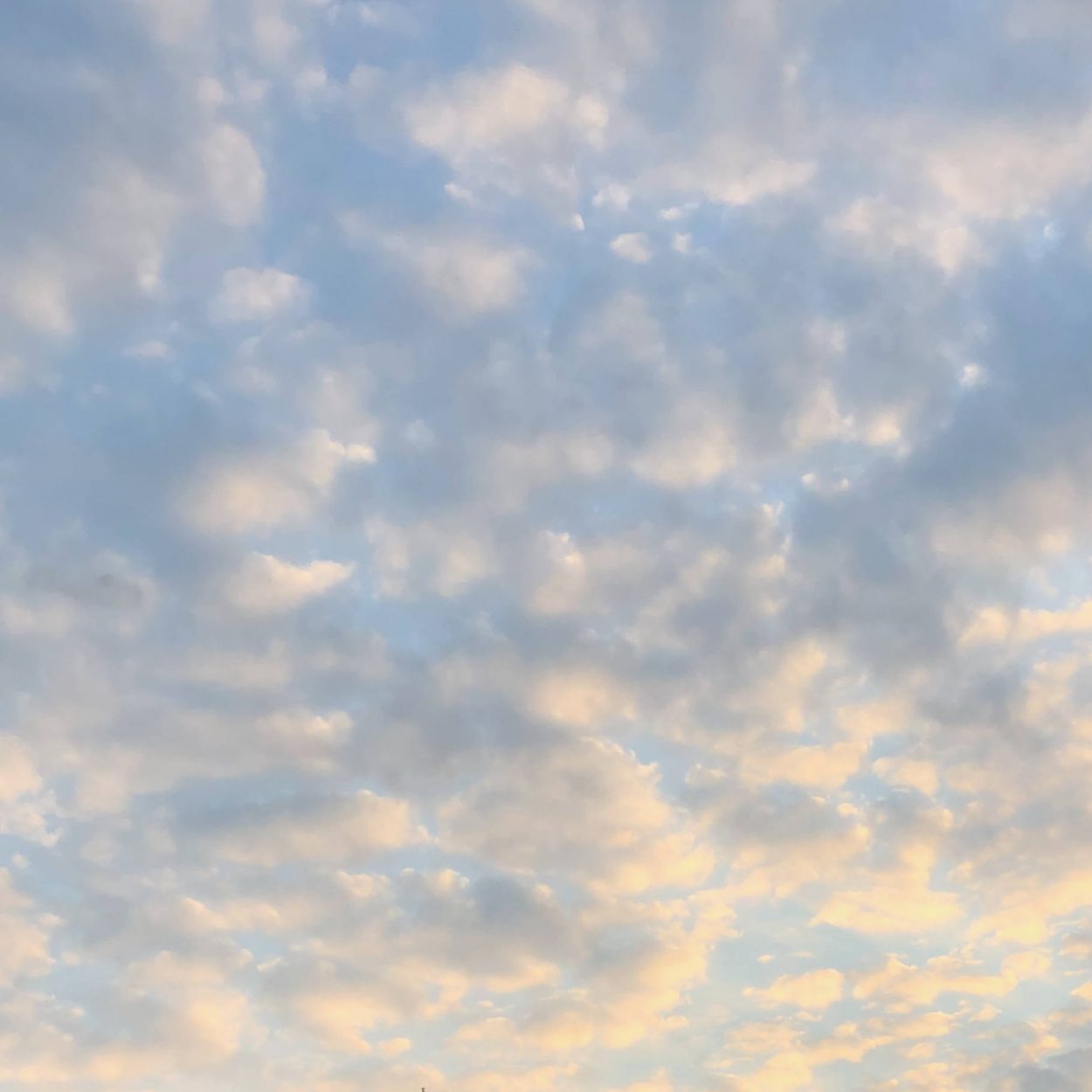Just finished my poll worker training for the November 3 election. I’ve been impressed with how SF has rolled their remote training out. The one disappointment was that I couldn’t pause it and then resume it another day. I had assumed I could (shouldn’t have assumed!) and ended up having to redo an hour of it.
We’re to arrive at 5:45am on election day and will likely be there until 9:30pm or later. Polls open at 7am sharp and stay open until 8pm, with anyone in line at 8pm being permitted to vote. The whole process is a bit more complex than I anticipated, but I guess it makes sense given the scale of the operation.
Most of it is about common sense, common courtesy, and following instructions, but some points surprised me a bit. When someone comes in to the polling place to vote, we’re to offer them PPE and share the health and safety protocols they need to follow, perfectly sensible. But if they refuse to wear a mask or stand six feet from other people, we’re not allowed to turn them away. The right to vote supersedes health and safety guidelines. Ultimately this makes sense, it is the way it has to be. I cannot imagine the chaos that would ensue if an anti-masker were turned away at the polls… But it felt counter-intuitive at first, and it makes me hope that elderly folks that might normally volunteer are reconsidering for this particular election.
Electioneering is another interesting topic. It was only mentioned once in the introduction when talking about protecting voters’ rights, but it’s likely to be a problem in this election I think. In the San Francisco-based training that I did, electioneering was described as visible or audible advocacy for anything on the ballot, gathering signatures for a political petition, displaying campaign literature, and wearing campaign buttons or t-shirts within a 100 foot radius of the voting place. Electioneering rules on election day are different in each state, but most are somewhat similar to this. I think a lot of people might not realize it’s not ok to wear their Biden/Harris or Trump/Pence t-shirt to go vote!
The point that probably surprised me the most relates to poll watchers. The legalities vary a lot state-to-state but in California, there aren’t any statues about it to my knowledge. The training stated that in California, poll watchers must be welcomed so long as they’re not intimidating voters, don’t interfere with or slow down the voting process, don’t interfere with voters’ rights, and aren’t compromising the safety of the voters or workers (as in, they’re not causing the polling place to exceed pandemic-related capacity restrictions).
The qualifications in other states can be very particular. You can see a decent rundown on this ncsl.org page but check with your local election official to be sure. Based on what I’ve read, the most common qualifications and requirements often include restrictions on the number of watchers allowed per polling place, being a registered voter in the precinct, wearing an identifying badge, being officially appointed by your party (with sometimes byzantine sub-requirements), and being registered in advance as a watcher with your county. The most restrictive states are probably Minnesota (watchers not allowed, only challengers, and they can only be appointed after gathering 25 signatures regarding a specific issue) and West Virginia (doesn’t permit them at all). Ohio was the only state I found that doesn’t allow poll watchers to carry firearms or deadly weapons.
The problem is that these restrictions will likely be overlooked by much of the “army” (our president’s militant wording, not mine) being urged to “watch very carefully” by President Trump during the first debate and on Twitter throughout this election cycle.
People are fearful that they can’t trust anything they read in the mainstream media, and the flames of those fears are being fanned by deliberate acts of disinformation by the Trump/Pence campaign such as spending thousands on Facebook ads promoting unfounded rumors about Biden. Based on that fear, it’s understandable that they would want to witness the veracity of an election for themselves, particularly since one of the only leaders they trust is urging them to do so.
So we have a situation where likely tens of thousands of people are ready and willing to be poll watchers. All well and good I guess, as long as they all stick to the rules. The Trump/Pence campaign is making some small effort to keep their official poll watchers on the right side of the law using training videos.
But what about the unofficial poll watchers? The people that don’t know better and take it upon themselves to make sure everything is going according to Trump’s plan? They put themselves at risk of heavy fines and even jailtime, let alone putting others at risk and debasing our electoral process depending upon their actions and intentions. Considering the aggressive vigilantism we’re currently seeing among the far right — the Michigan governor kidnapping plot and the FBI’s recently published Homeland Threat Assessment are cases in point — I would be sad but absolutely not surprised to see some explosive behavior among unofficial poll watchers in Florida, Pennsylvania, Arizona, and elsewhere.
I think it’s unlikely that I’ll see many problems at my precinct in San Francisco. And even if something arises, the SF poll worker training made it clear that it’s not our responsibility to de-escalate, that we’re to call the Election Center who will provide guidance and get the right people involved if necessary. I’m more worried about the swing states. You’d hope that cooler heads would prevail, but there hasn’t been a whole lot of that these past four years.



